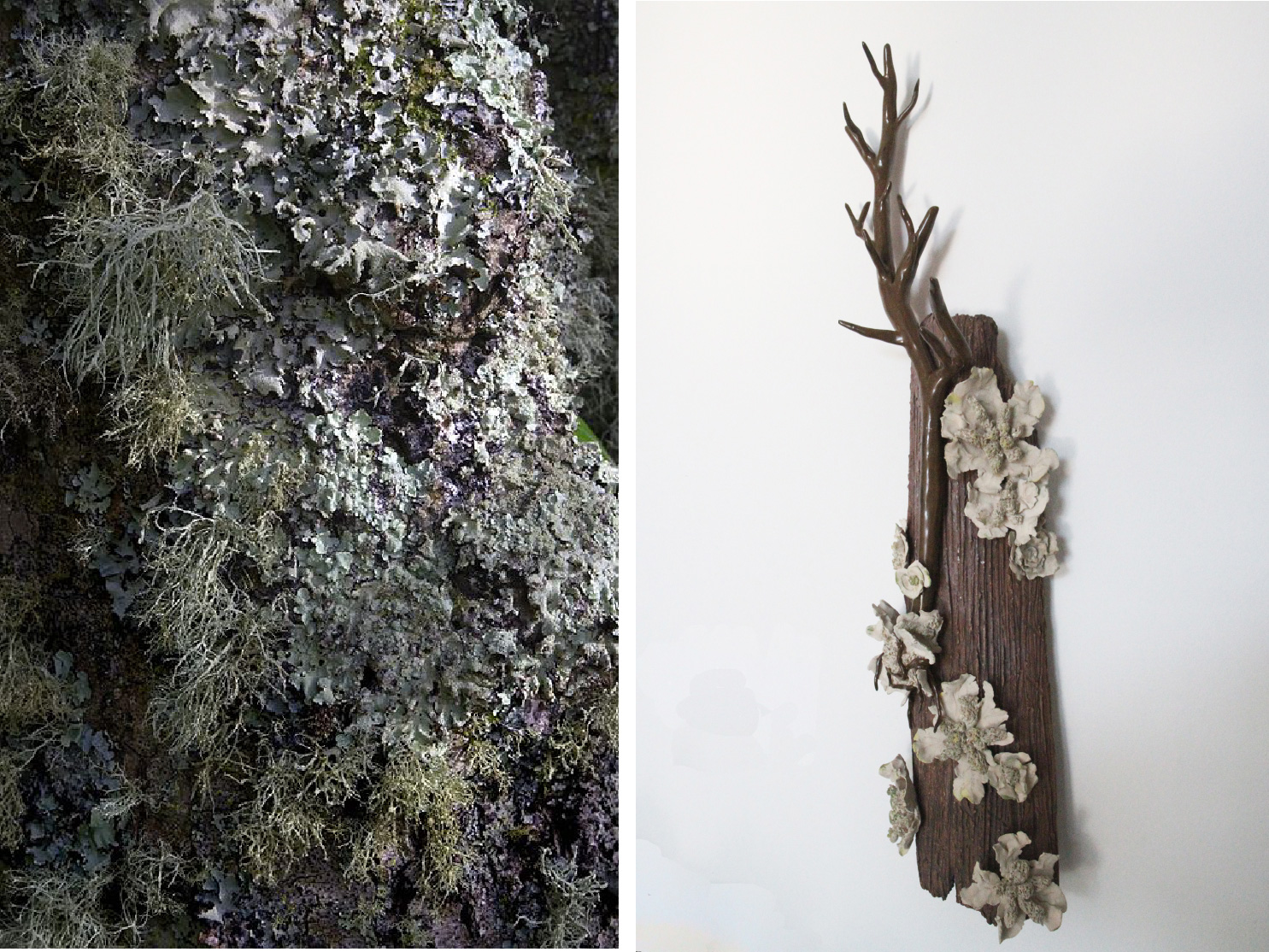by Nicole Gerardo (lab link)
For the past year and a half, I have had the fortune to learn from a great teacher. She did not teach me the difference between adaptive and innate immunity, or how to do a headstand in yoga, or how to make a soufflé. She instead reminded me of the beauty of our discipline, and she inspired me to expect more from my students.
Over the course of the last four semesters at Emory University in Atlanta, Georgia, I have worked alongside Diane Kempler, who teaches ceramics to undergraduate students. We began a collaborative effort to incorporate scientific concepts into the ceramics studio. In the first semester, I taught the students about basic concepts of symbiosis and exposed them to images of many of the natural systems that symbiosis researchers eventually begin to consider routine. Yes, it’s true that squid actually glow. Yes, it’s true that fungus can infect an ant’s brain. Yes, it’s true that there are solar-powered sea slugs. Wait, what is routine about any of this? What we study, in the eyes of art students, business majors and undergraduates who thought ceramics would be an “easy A” can inspire awe. Students have made pieces based on coral symbioses, where the dinoflagellate symbionts are now on the outside, remaining hidden no more. They have made totem poles of aphids and bacteria and lichens -- so, so many lichens. It turns out ceramics is a perfect medium for making the delicate lichen layers. Who knew? I certainly did not.
We have expanded the breadth of the scientific focus to include partnerships between student artists and scientists on campus. Other assignments have focused on microscopic images, with students starting in the introductory biology laboratory and ending up in the studio near the kiln. For the final assignment of this semester, we are delving into public art. Students are making pieces to be placed in a local community garden. The assignment is to make the unseen world of the garden seen to the many garden visitors who walk unknowingly amongst a complex microscopic world.
Assessment of whether the students are learning science has been difficult as they are coming into this experience with extremely diverse knowledge bases. Many students, however, have had the opportunity to appreciate some aspect of the natural world that they had not been exposed to before. My hope is that they also appreciate the practice of science that underlies that knowledge.
Unfortunately, Emory University is closing its Visual Arts Department, making this a piece of reflection rather than a starting point. However, there is much to take away from this and to build upon. Recently, Diane herself has created a whole series of pieces inspired by cordyceps fungi. In my mind, these pieces represent one of the finest legacies of this experience. And, I have changed my own teaching in the biology classroom in subtle ways. Diane entices her students, many of whom have never touched clay before, to work hard, to learn and to create works of art. These students, when pushed, find abilities that they did not know they had. I can strive to do the same for my students as well.

Above and left, living lichens; Above and right, artwork by Emily Pardue incorporating lichens.
-------------------------------------------------------
Nicole Gerardo is an Assistant Professor in the Department of Biology at Emory University. Her research focuses on the evolutionary ecology of interactions between microbes and their insect hosts.

.png)